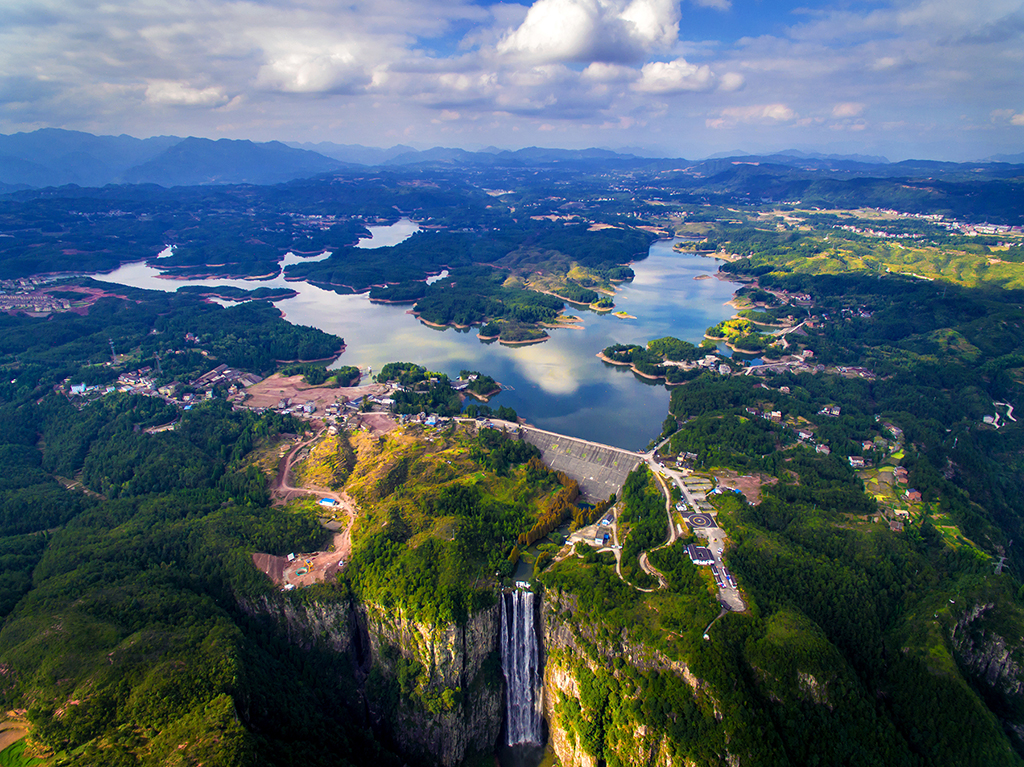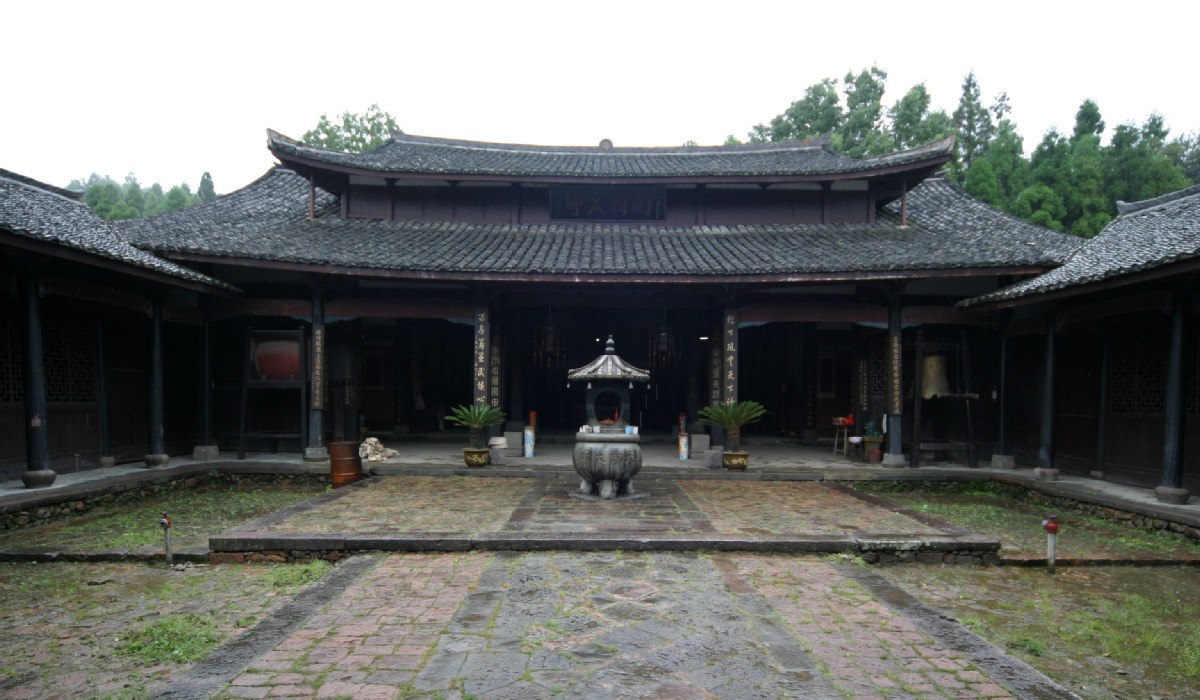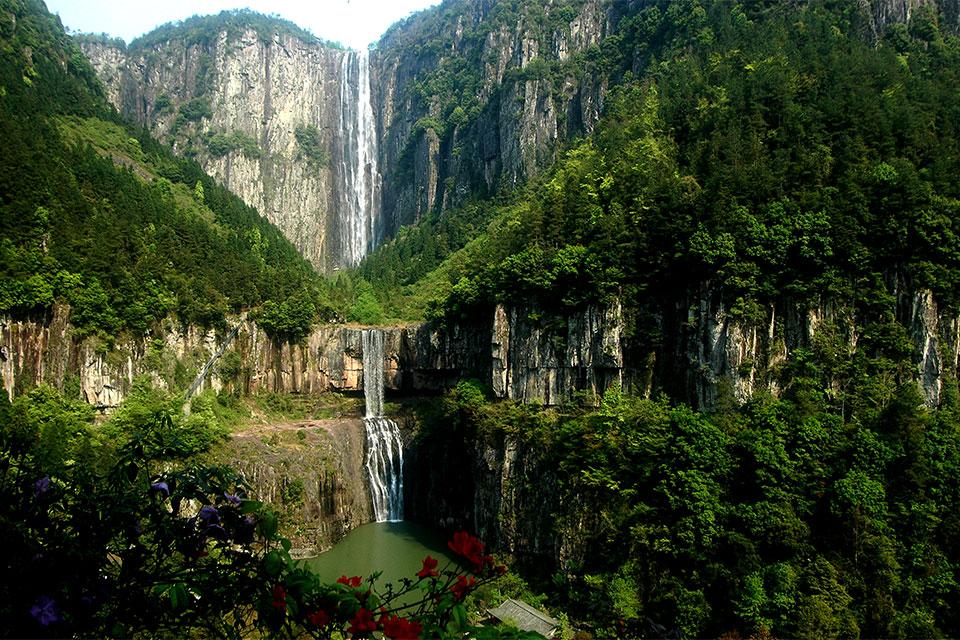Hometown of Liu Bowen Scenic Area, Zhejiang province

Hometown of Liu Bowen Scenic Area, Zhejiang province
(刘伯温故里景区 liú bó wēn gù lǐ jǐng qū)
Address: Baizhangji town, Wencheng county, Wenzhou city, Zhejiang province
Websites:
www.lbwgl.com (Cn)
en.lbwgl.com (En)
Scenic Spot Level: AAAAA
Opening Hours:
Baizhang Waterfalls Scenic Area:
7:30-16:30 (summer), 8:00-16:00 (winter)
Liuji Temple Scenic Area:
7:30-17:00(summer), 8:00-16:30 (winter)
Ticket Price:
Baizhang Waterfalls Scenic Area: 65 yuan($9.95)/person
Liu Ji Temple Scenic Area: free
Notes:
Baizhang Waterfalls scenic area:
1. Children under 1.2 meters (excluded) in height, senior citizens aged 70 and above, servicemen, tour guides, and people who have a disability can enter free of charge.
2. Half-price concessions are available for children between 1.2 and 1.4 meters in height, people aged between 60 and 70, full-time university undergraduates and primary and secondary school students.

Covering a total area of 4.81 square kilometers, the Hometown of Liu Bowen Scenic Area consists of two scenic areas: Liu Ji Temple and Baizhang Waterfalls. It features a beautiful environment, rich culture, and local folk customs, and is a comprehensive tourist resort with cultural and natural landscapes and diverse culture.
Liu Ji Temple, the most valuable wooden structure architectural complex in southern Zhejiang province, was built in 1458 to commemorate Liu Ji (popularly known as Liu Bowen, 1311-1375), the 14-century military strategist, philosopher, politician, and key advisor to Zhu Yuanzhang (1328-1398), founder of the Ming Dynasty (1368-1644).
The temple maintains boards and couplets inscribed in various calligraphic styles by contemporary and modern scholars commemorating Liu, including Zhang Taiyan (1869-1936), Cai Yuanpei (1868-1940), and Sha Menghai (1900-92), which are rarely seen in other memorial buildings of celebrities in China. In 2001, Liu Ji Temple was listed as one of the foremost protected national cultural sites.

Baizhang Waterfalls was formed by a convergence of rivers in the local area of Nantian. The water pours down from steep cliffs more than 600 meters in height and rushes through the deep gully, forming three-stepped cascades with a total drop of 353 meters, and single-fall drop of 207 meters. In 2013, it was certified as a “waterfall with the highest single-fall drop in China” and was selected as one of “China’s top 10 famous waterfalls”.

Last Updated: Jan 05, 2021




